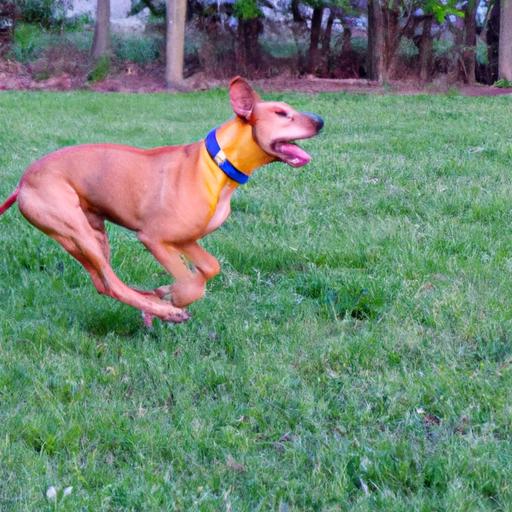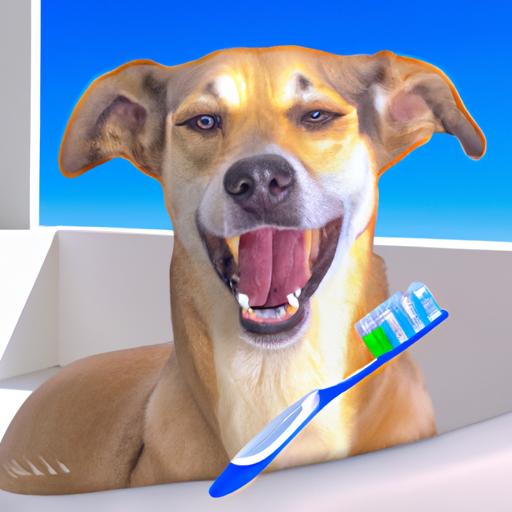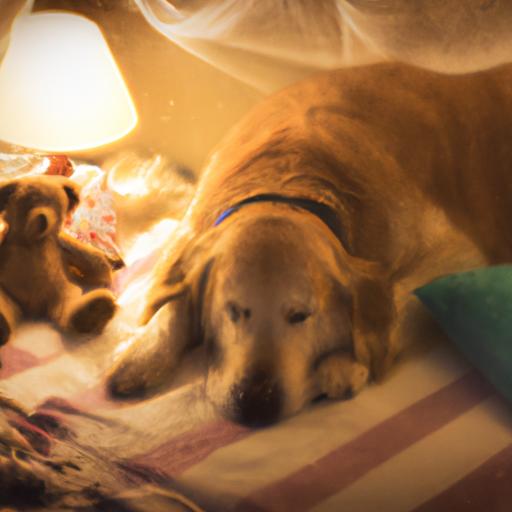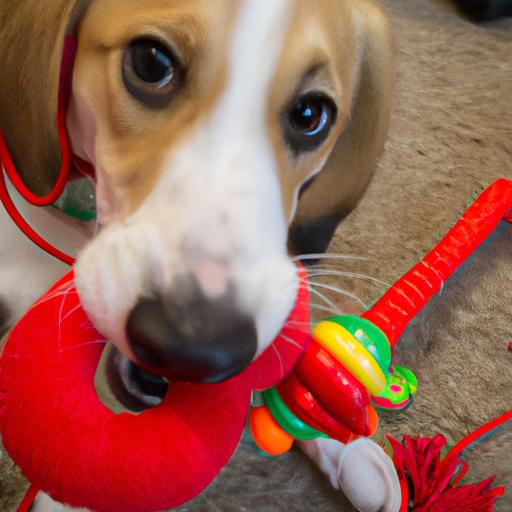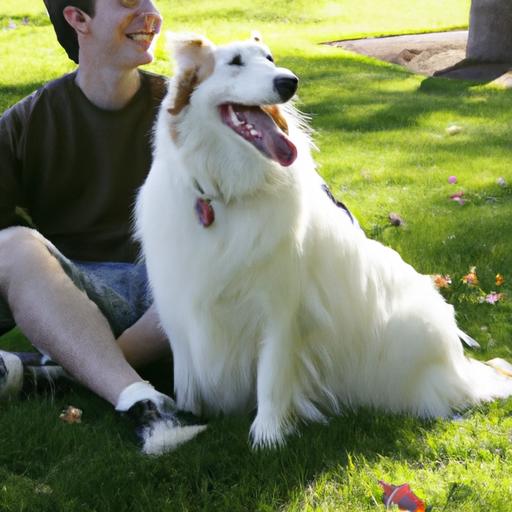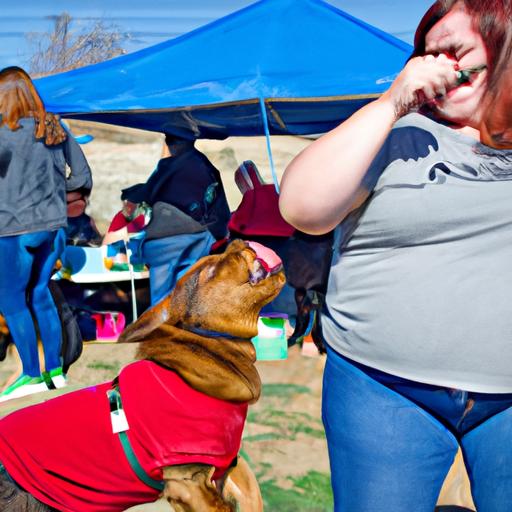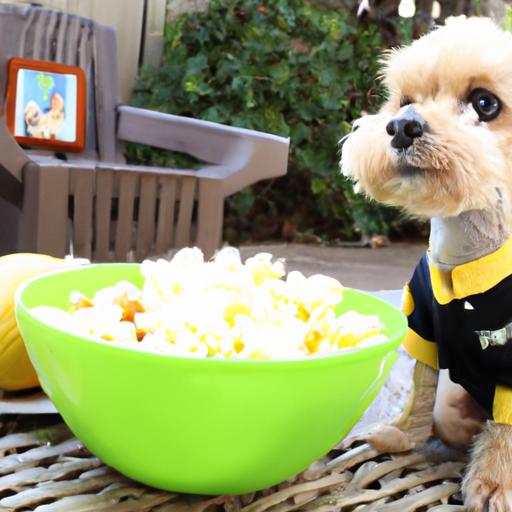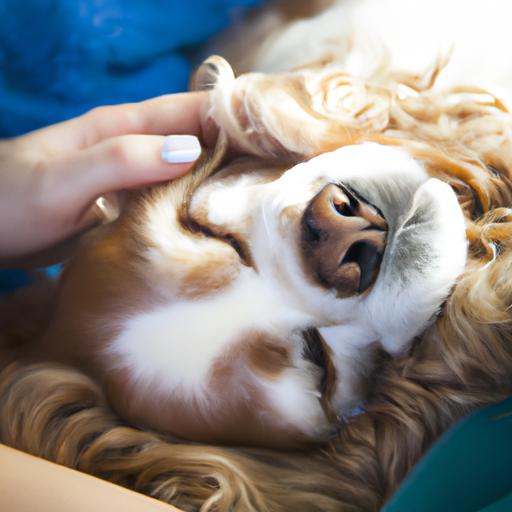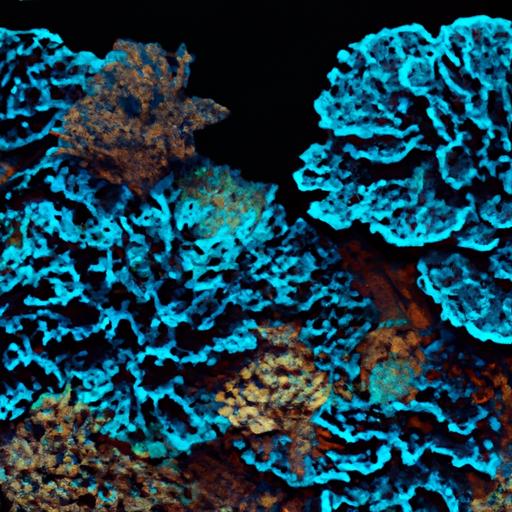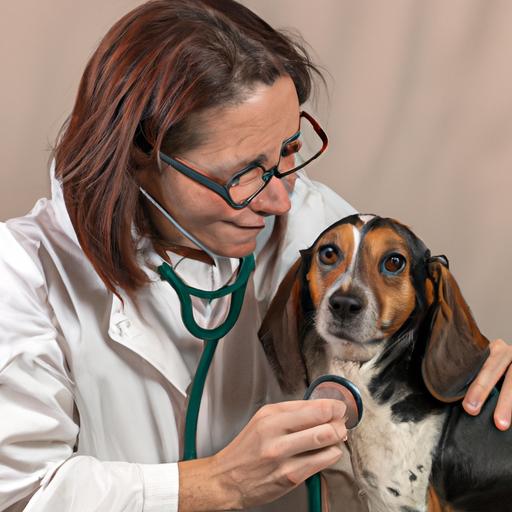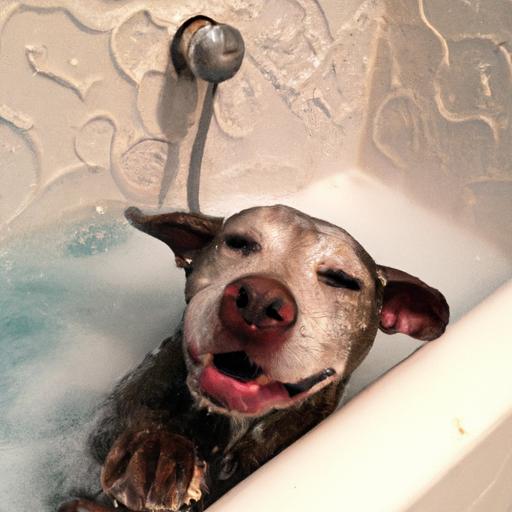
Teaching Your Dog to Enjoy Bath Time
Discover effective techniques for Teaching Your Dog to Enjoy Bath Time. Create a positive and relaxing experience for your furry friend. Start enjoying bath time together!
Introduction
Are you tired of the endless struggle when it comes to bathing your furry friend? Many dogs have a natural aversion to water and bath time can quickly turn into a stressful experience for both you and your pet. However, teaching your dog to enjoy bath time is not an impossible task. In fact, it can be a rewarding and bonding experience for both of you. In this article, we will explore some tips and techniques that will help transform bath time from a dreaded chore into a fun and enjoyable activity for your canine companion.
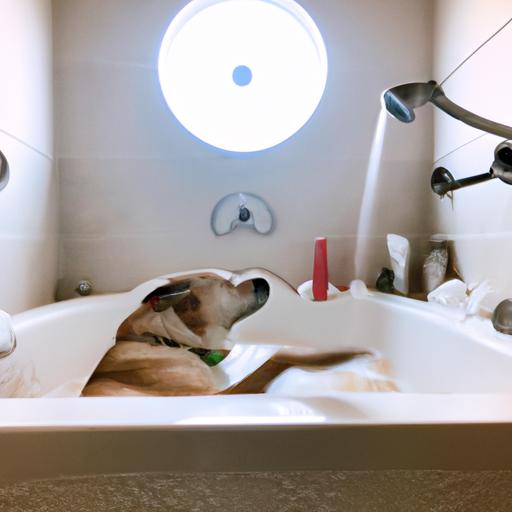
Tips for a Positive Bathing Experience
Creating a Calm Environment
Setting the right atmosphere is crucial when it comes to bath time. Dogs are highly sensitive to their surroundings, so it’s important to create a calm and soothing environment. Ensure that the bathroom is well-lit, warm, and free from any distractions. Soft music or white noise can help create a relaxing ambiance. By minimizing external stimuli, you can help your dog feel more secure and comfortable during the bathing process.
Introducing Your Dog to Water Gradually
If your dog has had negative experiences with water in the past, it’s important to introduce them to it gradually. Start by allowing them to explore the bathroom without any water present. Let them sniff and investigate the bathtub, ensuring they feel safe and in control. Once they are comfortable with the environment, introduce small amounts of water and observe their reaction. Gradually increase the water level as your dog becomes more comfortable. Patience is key during this process, as rushing may reinforce their fear.
Using Positive Reinforcement and Treats
Positive reinforcement is a powerful tool when it comes to training your dog to enjoy bath time. Reward your furry friend with treats, praise, and affection throughout the bathing process. Associate bath time with positive experiences to create a positive association in their minds. Use their favorite treats as a reward for calm behavior or for following simple commands. This will not only help them overcome their fear of water but also strengthen the bond between you and your pet.
Read more about using positive reinforcement in canine grooming here.
Gentle and Soothing Techniques for Bathing
Using gentle and soothing techniques during bath time can make the experience more enjoyable for your dog. Use a soft, non-abrasive washcloth or sponge to lather and rinse their coat, avoiding any harsh scrubbing. Speak to your dog in a calm and reassuring tone throughout the process to help them feel at ease. Massaging their muscles gently during the bath can also have a relaxing effect. Remember, the goal is to create a spa-like experience that your dog looks forward to.
Frequently Asked Questions (FAQ)
Can I Use Human Shampoo on My Dog?
No, it is not recommended to use human shampoo on your dog. Human shampoos are formulated for the pH level of human skin, which is different from that of dogs. Using human shampoo can disrupt the natural balance of your dog’s skin, leading to dryness, irritation, and potential health issues. It is best to use a shampoo specifically formulated for dogs, which will be gentle on their skin and coat.
How Often Should I Bathe My Dog?
The frequency of bathing your dog depends on various factors such as their breed, activity level, and skin condition. In general, most dogs benefit from a bath every 4-6 weeks. However, be mindful not to over-bathe your dog as excessive bathing can strip their coat of natural oils, leading to dryness and skin problems. If your dog has specific skin issues or a foul odor, consult your veterinarian for guidance on the appropriate bathing schedule.
How Do I Prevent My Dog from Getting Anxious During Bath Time?
To prevent your dog from getting anxious during bath time, it’s important to create a positive and relaxed environment. Follow the tips mentioned earlier, such as gradually introducing them to water, using positive reinforcement, and gentle techniques. Additionally, consider incorporating crate training to help your dog feel secure and calm during the bathing process. Learn more about tips for successful crate training here.
What If My Dog Hates Water?
If your dog hates water, it’s crucial to approach the bathing process with patience and understanding. Start by slowly introducing your dog to water, allowing them to become comfortable at their own pace. If they still show resistance, consider seeking professional help from a certified dog trainer or behaviorist who specializes in desensitization techniques. With time and consistent positive reinforcement, even the most water-averse dogs can learn to enjoy bath time.
Conclusion
Bath time doesn’t have to be a dreaded task for you and your furry friend. By following these tips and techniques, you can teach your dog to not only tolerate but actually enjoy bath time. Remember to create a calm environment, introduce water gradually, use positive reinforcement, and employ gentle techniques. With patience, consistency, and lots of love, you can transform bath time into a bonding experience that strengthens your relationship with your canine companion.
So why wait? Start implementing these methods today and witness the joy on your dog’s face as they eagerly embrace bath time. Your furry friend will thank you, and you’ll both enjoy a stress-free and delightful bathing routine.
Note: This article is for informational purposes only and should not replace professional advice from a veterinarian or dog trainer.
